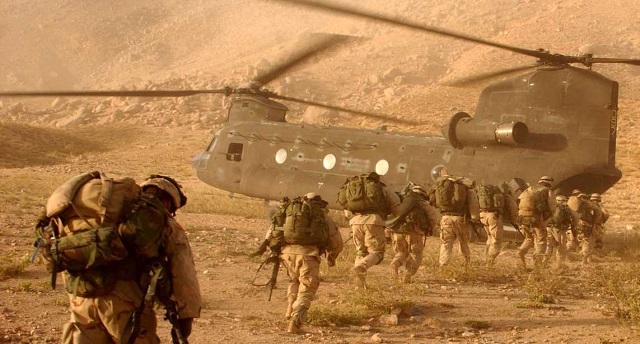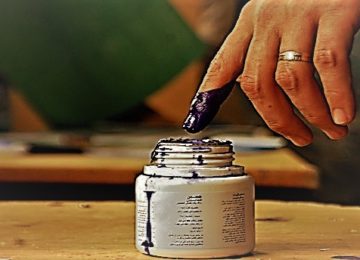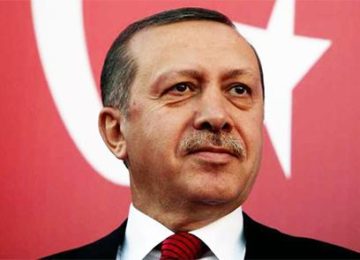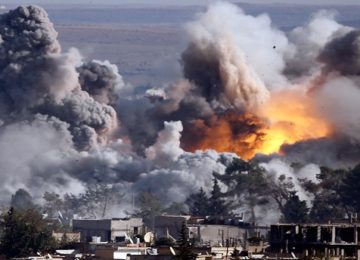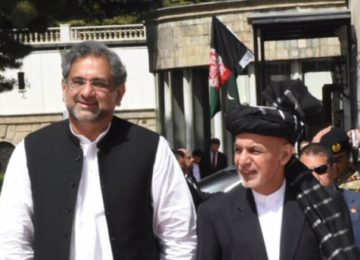By Saddam Hussein
Game theory is the process of modeling the strategic interaction between two or more players in a situation containing set rules and outcomes. While used in a number of disciplines, game theory is most notably used as an analytical tool in economics. It studies interactive decision-making, where the outcome for each participant or player depends on the actions of all. If you are a player in such a game then before choosing your course of action or strategy, you must take into account the choices of others. But, in thinking about their choices, you must recognize that they are thinking about yours, and in turn trying to take into account your thinking about their thinking, and so on.
It would seem that such sophistication about thinking must be so complex and subtle that its successful practice must remain a profound art. Indeed, some aspects, such as figuring out the true motives of rivals and recognizing complex patterns, do often resist logical analysis, but many aspects of strategy can be studied and systematized into a science. Talking of Afghan peace process in the context of game theory; there are two primary players in the game i.e. the Afghan government and the Taliban. Apart from these two, China, USA, Pakistan, Iran, India, Russia, among others, are secondary players in the conflict. However, Taliban considers the US to be the primary player in the game and takes the Afghan government as a US dummy.
For a very long time, the Afghan conflict was seen to be as a zero-sum game – a game in which the winnings of some players must equal the losses of the others. Zero-sum games are also mentioned in political context when it is believed that options are limited, and every decision will produce both winners and losers. USA employed aggressive military strategy, and the Afghan government fully supported it in order to defeat the Taliban and other insurgents, but all went in vain. The Taliban also thought they would be victorious soon and establish their rule again in near future; that did not materialize too. Now, many players are fighting in Afghanistan directly or indirectly, and nobody is winning. It is just about maintaining the status quo now.
Nonetheless over time, particularly in the recent years, the Afghan conflict seems more to be a non-zero sum game – a situation where one decision maker’s gain (or loss) does not necessarily result in the other decision makers’ loss (or gain). In other words, where the winnings and losses of all players do not add up to zero and everyone can have: a win-win game or lose-lose game. Many countries are involved in Afghanistan, several proxies and some are protecting their interests, but nobody seems to be winning the never ending Afghan war. All seem to be losing except the ones involved in narcotics and defense (manufacturing) sector.
Now, another type of game theory is the prisoner’s dilemma. It explains why two completely rational individuals might not cooperate, even if it appears that it is in their best interests to do so. For instance, the police interrogate two suspects separately, and suggest to each that he or she should fink on the other and turn state’s evidence. If the other does not fink, then you can cut a good deal for yourself by giving evidence against the other; if the other finks and you hold out, the court deals with you harshly.
Thus, no matter what the other does, it is better for you to fink than not to fink – finking is your uniformly best or the ‘dominant’ strategy. Obviously, when both fink, both of them will be worse than they would have if both had held out; but that outcome, though jointly desirable for them, collapses in the face of their separate temptations to fink. This was the exact case with Afghan government and the Taliban.
The Taliban did not respond to the government’s peace offer, as they did not know what the National Unity Government (NUG) was really up to. Similarly, the Afghan government was also confused as how to move forward if Taliban comes to the table. Both players were involved in international diplomacy, but rarely talked to each other directly; so the prisoner’s dilemma precipitated. Both of them were thinking about each other’s moves.
The most promising type of game theory, with respect to Afghanistan, is that of Nash equilibrium. It is a term used in game theory to describe an equilibrium where each players’ strategy is optimal given the strategies of all other players. A Nash Equilibrium exists when there is no unilateral profitable deviation from any of the players involved. In other words, no player in the game would take a different action as long as every other player remains the same. Nash Equilibria are self-enforcing; when players are at a Nash Equilibrium they have no desire to move because they will be worse off.
To work towards the Nash Equilibrium the Taliban must talk with the Afghan government. The Taliban’s decision to respond publicly and positively to Kabul’s offer on June 09, 2018, did not come out of the blue, but was indeed a lock-step process. First came the concessionary climb-down by Kabul with a February offer for peace by Afghan President Ghani. This involved recognizing the group as a political actor and legitimate political opposition; agreeing to review Afghanistan’s constitution; and removing Taliban commanders from the UN and other international sanctions lists. Second, to overcome Taliban’s initial reluctance to accept the peace offer, the Afghan government announced unilateral cease-fire.
Apparently, observance of cease-fire from Taliban’s side was merely to show the group’s legitimacy in the eyes of the people. Otherwise, it would have been exposed as who want peace and who want to continue the brutal fighting. A combination of backchannel mediation and sustained pressure from an invigorated air campaign this summer worked to recalibrate the calculus of the insurgency leadership. The targeting of Taliban revenue-generating infrastructure, including weapons caches and staging facilities, increased the insurgency’s opportunity costs of not making a political concession.
The final strategic factor was a realignment of American, Chinese, Afghan and Pakistani objectives, with all four parties in tandem seeing an end to the stalemate as necessary to repair bilateral communication and advance the cause of peace. Significantly, sustained military and diplomatic outreach by Islamabad to the Afghan establishment this year coincided with a concerted move by the military high commands in Washington and Rawalpindi to salvage the Pak-US relationship.
The point to ponder here is that the Taliban did not extended the cease-fire despite Ghani’s announcement of 10-day extension unilaterally. The Taliban might not have wanted to give the vibe of desperation – looking for a political settlement. This may have signaled that there exists fragmentation within and that their infrastructure has become very weak. Having said that, it is now easier to play the moves, as almost all players have shown their cards to a reasonable extent to make way for cooperation.
If Taliban respond positively to the Afghan’s government offer of peace talks and take part in upcoming election, it would then be a win-win situation for them. It would imply that the US and its allied forces accept them as legitimate stakeholders. Taliban’s biggest resentment towards the US is that the latter had ousted them from power and waged a war against them.
So, now, when the US and the Afghan government want the Taliban to be a part of a future government, is it not what they want? Is it not the best outcome from Taliban’s perspective? It will give Taliban the reins of state affairs legitimately, bring peace in Afghanistan, face saving for US blunders in Afghanistan, protect Chinese economic interests, and positive spill-over effects for Pakistan and the region.
This is the perfect realization of the Nash equilibrium, but the simpler it seems on paper, the more complex it is on the ground. Only time will tell how things can unfold in this game, which has now become just the game of nerves.
The author Saddam Hussein is a Research Fellow/Program Officer at Center for Research and Security Studies (CRSS), Islamabad. He graduated from School of Public Policy, Pakistan Institute of Development Economics (PIDE), Islamabad. He tweets @saddampide
© Center for Research and Security Studies (CRSS) and Afghan Studies Center (ASC), Islamabad.



